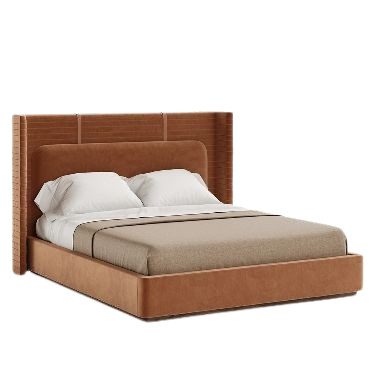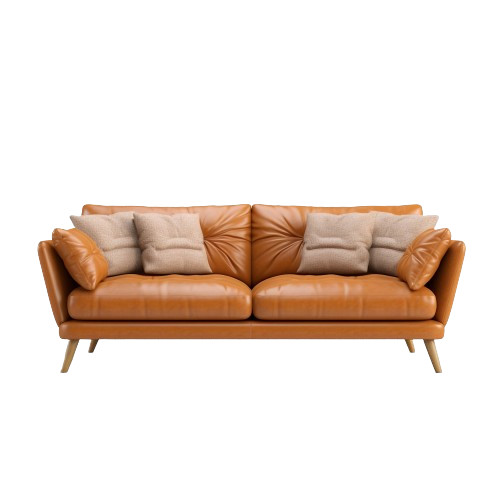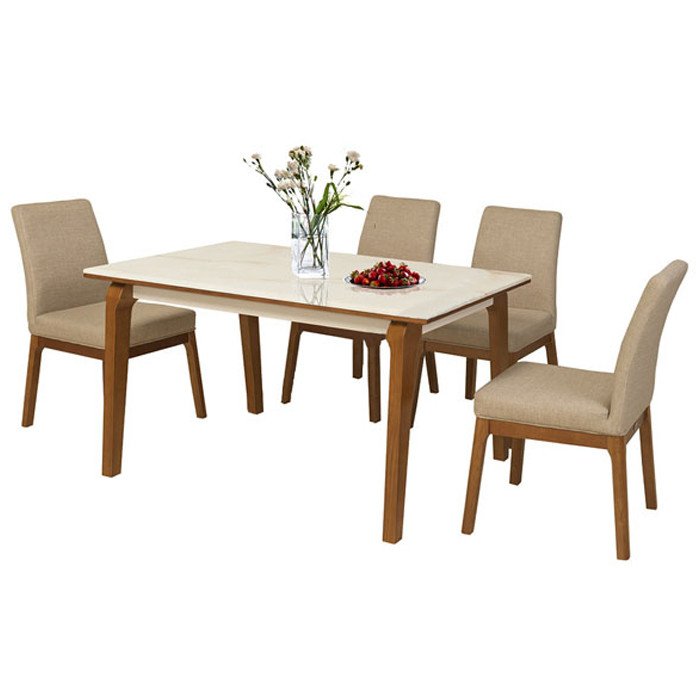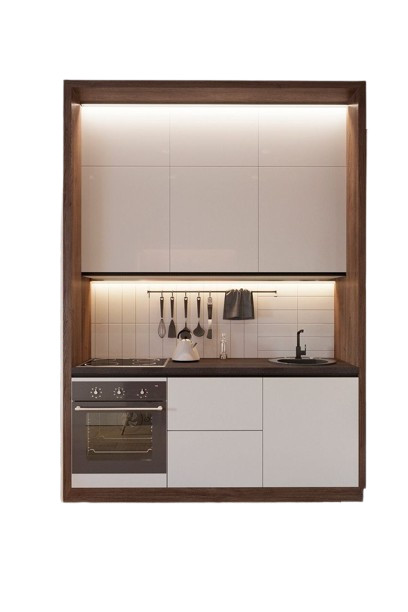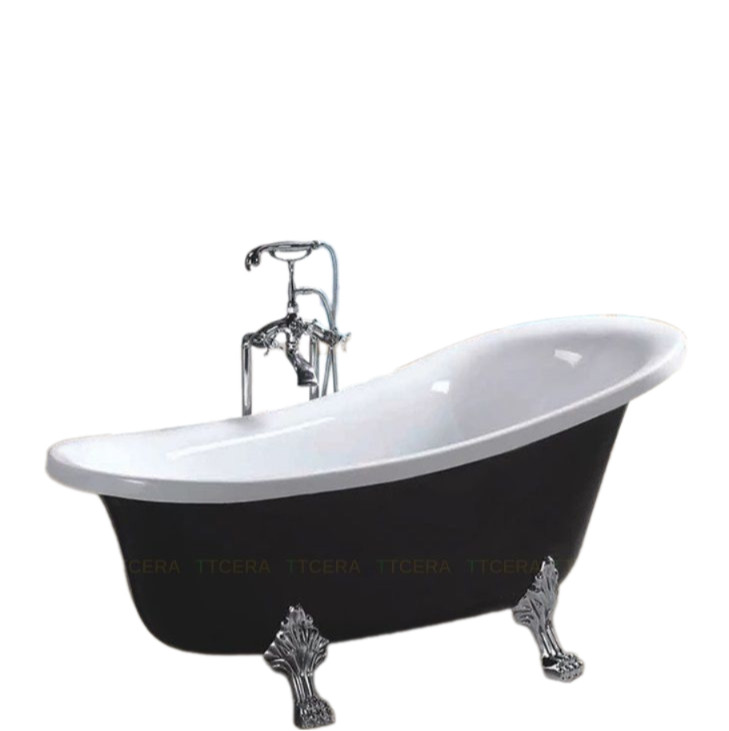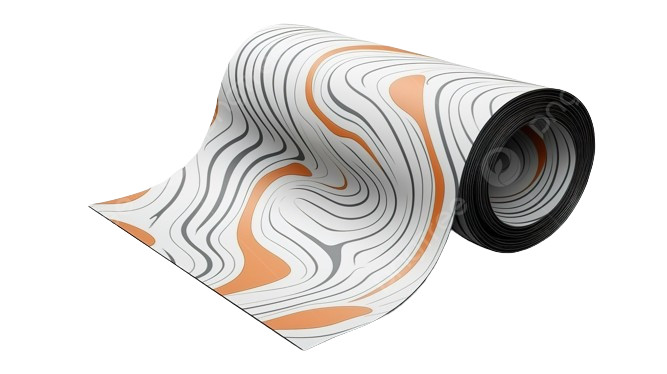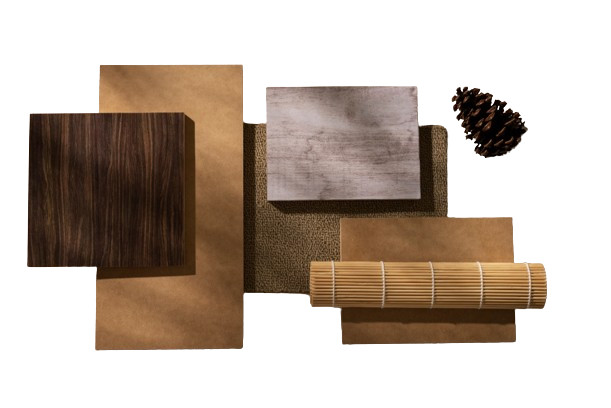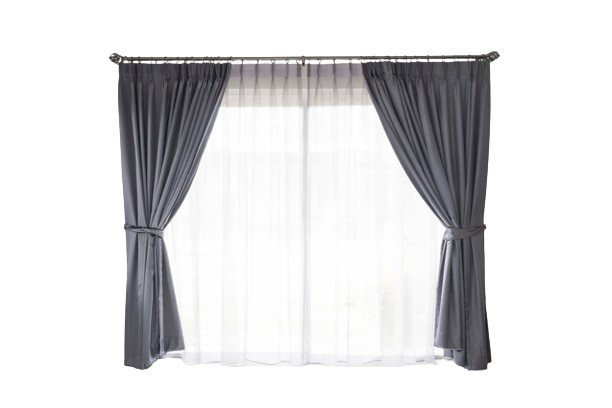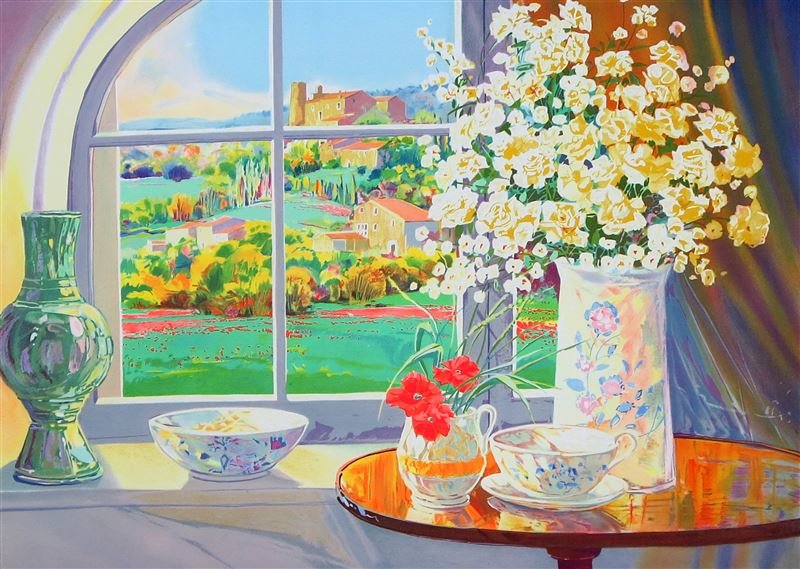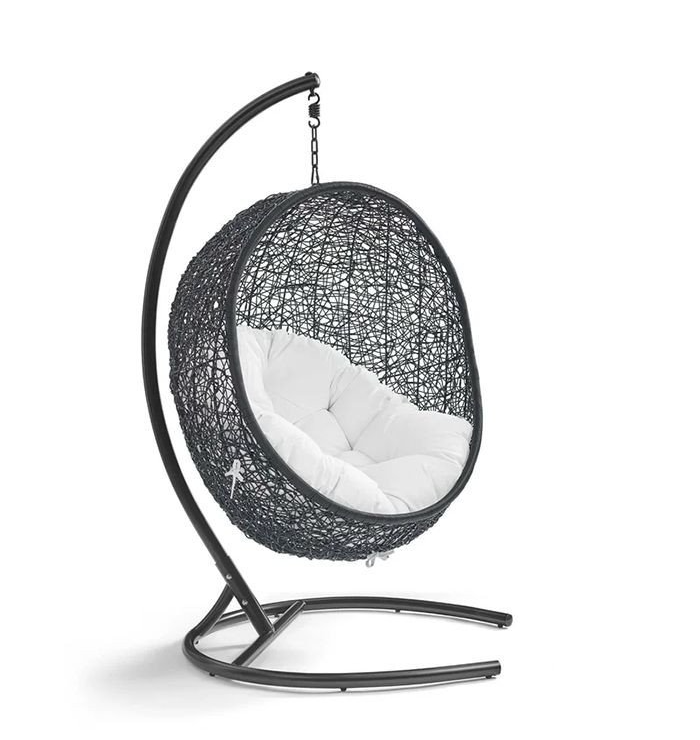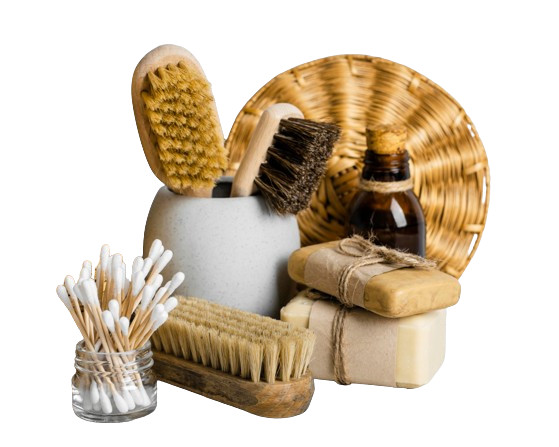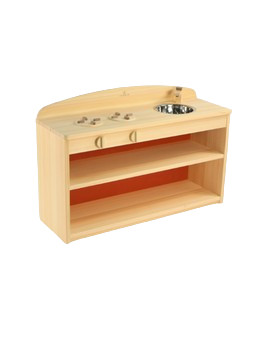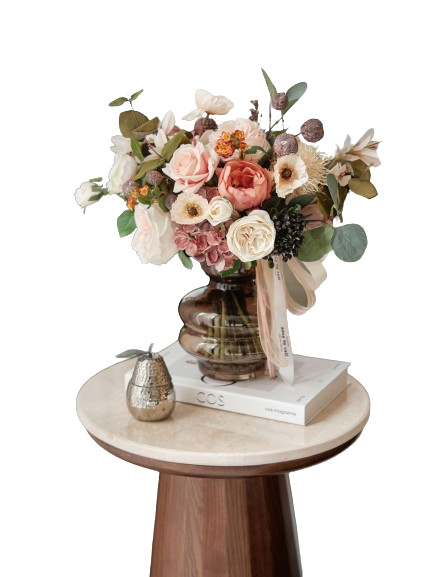TOP 10 MOST SIMPLE AND INTERESTING JAPANESE DESIGN
Today, Japanese furniture is the most popular design style. Aside from housing, Japanese-style restaurant or cafe design is also very popular. So, what is it about this style that entices so many people to learn and practice it? Let's look at the interior of the Adorn Museum in the article below!
1. Japanese interior design features
Japan has long been remembered as a country with a peaceful lifestyle and a traditional style. This is visible in activities, festivals, and even architecture.
 Japanese-style room furniture
Japanese-style room furniture
Japanese home interior design is distinguished by its simplicity. When blending modernity and antiquity, however, close links are balanced. There is also harmony with the dashes of natural beauty. From there, the architectural space of the room is given a rustic beauty that is gentle but equally luxurious.
 House design in Japanese style
House design in Japanese style
2. Using natural elements in Japanese interior design
Not only Japanese furniture, but natural elements are now widely used. Particularly popular in the modern interior design trend. Because the color of the trees will give the space a sense of relaxation and openness.
 Japanese architectural design for the living room
Japanese architectural design for the living room
Bonsai and bamboo are common plants used in Japanese interiors. Furthermore, small ornamental plants such as palms or orchids are ideal for this decoration.
 Make use of decorative plants
Make use of decorative plants
Choosing green plants for the interior of the house differs from the preference for colorful, sophisticated flowers in decoration. Choose plants with gentle green colors if you want a Japanese interior design. Also, when designing your home, choose low-maintenance plants. You will be more convenient in nurturing, ensuring the tree's longevity.
3. Bathtub in Japanese interior design
The Japanese, as an Asian island country with Oriental culture, are aware of feng shui elements. The element of water, in particular, is something that the Japanese pay special attention to in Japanese-style interiors. The culture of onsen bathing has long been associated with the people of this region. Doesn't that sound strange? Onsen with open-air baths that blend heaven and earth, or public baths These are things that the Japanese have known for a long time.

 Bathtub in Japanese-style interior design
Bathtub in Japanese-style interior design
As a result, when building a house, the Japanese pay special attention to the bathroom. Japanese people, whether in a large house or a small apartment, must always have a bath in the house. A bathtub is essential in any design, not just Japanese-style interior design. Isn't it relaxing to soak in the tub and listen to the soothing murmur of warm water? Combining with a few drops of essential oils is another healthy remedy that you can use at home. Bathing as a way to unwind after a long day at work is becoming increasingly popular. As a result, keep this in mind when designing Japanese-style interiors.
4. Sliding doors in Japanese interior design
When designing the Japanese style in the interior, you must include a wooden sliding door. Instead of sliding doors, with high housing costs and a relatively small house area, sliding doors are a way to save space and costs.
 Sliding doors in Japanese-style interior design
Sliding doors in Japanese-style interior design
Traditional Japanese minimalist interior design sliding doors are made of a wooden frame and smooth matte paper. However, in keeping with current trends, many establishments now use glass instead of paper. The main purpose of using glass is to maximize natural light entering the home. Large windows have the same effect as sliding glass doors. Bring new life into your home.
5. Typical Japanese furnishings
As you may be aware, Japan is prone to earthquakes and tsunamis. As a result, Japanese objects frequently have a limited height to ensure safety in the event of a disaster. They are intended to be lower than the common ground of standard furniture. The Japanese have been careful when combining floor mats to highlight these items.
 Typical Japanese furniture
Typical Japanese furniture
Design the living room of your apartment with Japanese furniture to bring comfort, simplicity, and ease of cleaning. Tea tables are common in Japanese minimalist interior design. These tables are always designed to sit flat on the ground, just a few inches above the ground. We can sit and talk, drink tea, read books, sip light meals, and enjoy moments of relaxation in a simple Japanese-style living room, slowing down after stressful working hours.

